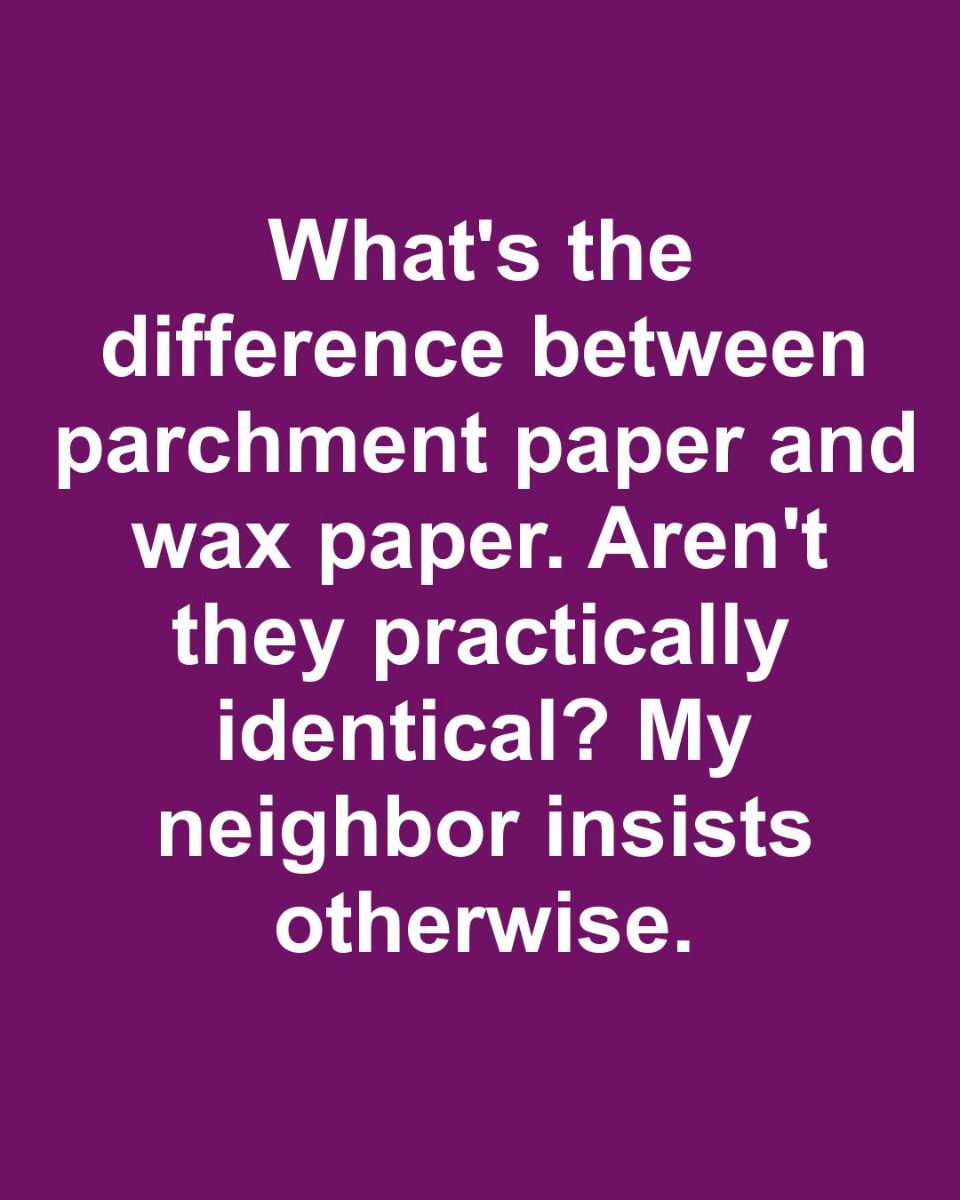It is crucial to remember that wax paper should never be used in the oven or any high-heat application, as the wax coating can melt and pose a fire hazard. Parchment paper, while heat-resistant, should not be exposed to direct flame or used under a broiler, as it can ignite. Always ensure that parchment paper is used within its temperature limits and that wax paper is kept away from heat sources.
Environmental Impact and Sustainability
When considering environmental impact, parchment paper is often seen as the more sustainable option, especially if it is unbleached and compostable. Some brands offer parchment paper made from recycled materials. Wax paper, while biodegradable, is often coated with petroleum-based paraffin, which is not as environmentally friendly. However, there are brands that offer wax paper with natural wax coatings, which may be a more sustainable choice.
Common Misconceptions and Myths
A common misconception is that parchment paper and wax paper can be used interchangeably. This is not true due to their different properties and heat resistance. Another myth is that parchment paper is reusable indefinitely; while it can be reused a few times, it will eventually lose its non-stick properties and need to be replaced. Additionally, some believe that wax paper is microwave-safe, but this is only true if the paper does not come into contact with direct heat.
Conclusion: Choosing the Right Paper for Your Needs
Understanding the differences between parchment paper and wax paper is essential for their proper use in the kitchen. Parchment paper is the go-to choice for baking and high-heat applications, while wax paper is best suited for wrapping and non-heat tasks. By selecting the appropriate paper for your culinary needs, you can ensure better results and avoid potential kitchen disasters. Always consider the specific requirements of your recipe and the properties of each type of paper to make the best choice.

